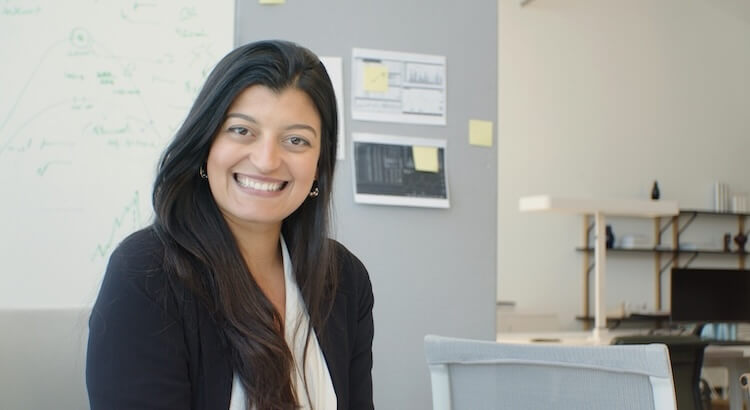Understanding Globalization, Internationalization, Localization, and Translation (GILT)
Today’s global business world is shaped by what is called the GILT process: Globalization, Internationalization, Localization, and Translation. Each part of GILT plays a key role in helping companies connect with customers across borders and cultures. Many well-known brands use these steps to grow worldwide and stay relevant to local markets.
What Is Globalization?
Globalization refers to making products or services available across the world. It is sometimes shortened to “g11n” and goes beyond selling to different countries. Globalization also involves merging cultures, sharing technology, and boosting trade.
- The United Nations defines globalization as integrating societies and economies while allowing open borders for smoother exchange of goods, technology, and services (2022).
- Globalization connects major brands with customers worldwide—for example, Amazon, Netflix, and McDonald’s all operate in many nations with huge success.
- Brands often need only a few changes to sell the same products in different places.
Globalization also means companies hire talent from all over the world. For example, US tech companies offer 85,000 H-1B visas each year to bring skilled workers from countries like India, South Korea, and China (2023).
When done well, globalization turns the world into a "small village"—products, services, and culture flow freely amongst nations. Brands like McDonald's showcase the power of globalization, with more than 38,000 stores across more than 100 countries as of 2023.
Internationalization: Laying the Groundwork
Internationalization (“i18n”) prepares a product, service, or brand to enter new markets by making it easy to adapt to different languages and cultures. This step comes after forming a globalization plan and before localization.
Key Features of Internationalization
- Designing products so small changes allow for easy adaptation to other markets.
- Modifying user interfaces and documentation for various languages.
- Using graphics or universal symbols over words when possible—for example, IKEA’s wordless instruction manuals help customers around the world assemble furniture without confusion.
Internationalization can include technical aspects, such as using Unicode for global alphabets. Brands like Starbucks and KFC redesign their logos and packaging for international audiences.
- Starbucks dropped text from its logo, making the mermaid symbol recognizable worldwide.
- KFC uses consistent branding, but changes packaging and recipes where needed to suit local tastes.
Localization: Making Your Brand “Local”
Localization (“l10n”) customizes a product or service for a specific market by adapting language, culture, and local norms. Unlike internationalization, which is about making things adaptable, localization is about implementing actual changes for each region.
Aspects of Effective Localization
- Translating content into the local language.
- Adapting products to local food tastes (e.g., McDonald’s offers unique menu items in each country, like the Chicken Maharaja Burger in India).
- Modifying date formats, address forms, time, currency, units of measurement (metric vs. imperial).
- Accounting for different reading directions or character requirements—such as right-to-left languages (Arabic, Hebrew) or Cyrillic script for Russian.
- Honoring cultural taboos and preferences, like avoiding pork products in Muslim countries.
McDonald’s is well-known for localizing its menu while keeping its core brand. Local love grows when global brands show they respect and understand unique cultural details.
Translation: Bridging Language Gaps
Translation ("t9n") is the process of converting content from one language to another. This step turns the adaptations from localization and internationalization into clear messages for local audiences.
- Translation goes beyond words—good translators understand slang, idioms, and context in both languages.
- Poor translations can lead to huge branding mistakes—for example, in 2009, HSBC’s “Assume Nothing” slogan got translated as “Do Nothing” in several countries, costing $10 million to fix (2009).
- Relying only on software or automatic translation can miss subtle cultural meanings. For important material, using professional translation and transcription services is best.
Translation is key for documents, marketing, websites, training materials, and product manuals. Without clear, well-made translations, your business risks misunderstandings or even offense in target markets.
Using the GILT Framework for Global Success
The GILT process is not simply a checklist. It is a cycle of preparation, adaptation, and continuous improvement:
- Start with a solid globalization strategy.
- Design products and services with internationalization in mind to make adapting easier later.
- Use localization expertise to fine-tune your business for each region.
- Rely on professional translation to ensure accurate, culturally sensitive communication.
Helpful Tools and Services for GILT
- Professional transcription services for audio and video content.
- Automated transcription solutions for speed and affordability.
- Closed caption services to make content accessible.
- Subtitling services for global video projects.
- Transcription proofreading to ensure error-free transcripts.
- Text translation services and audio translation for complete language support.
Why GILT Matters for Your Brand
- Getting GILT right helps you reach new customers, build trust, and stand out in crowded global markets.
- Skipping or rushing these steps risks confusion, lost sales, and even public embarrassment.
Localization is more than just switching languages—it means truly connecting your brand to each market's culture and values. Without good translation and localization, even the world’s biggest brands can face setbacks.
Conclusion: Mastering GILT with Trusted Partners
Success on the global stage starts with a clear globalization plan and includes smart internationalization, thorough localization, and reliable translation. If your company needs to adapt products, translate content, or ensure clear messaging for new markets, tools like AI transcription subscriptions and translation services make the process easier and more accurate.
GoTranscript offers a full range of solutions to support GILT, from transcription to translation services, captioning, and subtitling for video and audio in multiple languages. With transparent pricing, easy ordering, and professional quality, GoTranscript helps brands connect and grow, no matter where business takes you.



















 Verified Order
Verified Order